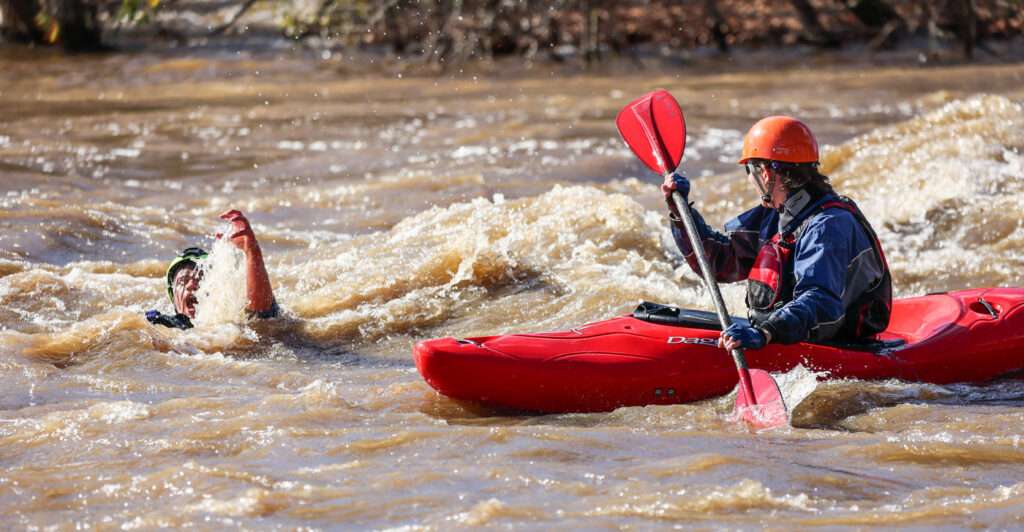The kayak is one of the most popular boats for a variety of different activities, including fishing and kayaking. Although they can be a safe vessel to enjoy the water with, capsizing does happen from time to time. Capsize prevention is an important skill in kayaking, and should not be overlooked because it keeps you safer on the water. Learn how to avoid capsizing by following these simple steps!
Make Sure You Have the Right Equipment for Your Kayak
You should not venture out in the open water without arming your kayak with the right set of equipment. Your kayak should have the following items:
- Paddle
- Life jacket
- Dry bag for a change of clothes and shoes (in case you need to doff your kayak)
- Safety equipment such as flares, mirrors, or an emergency beacon. These can help rescuers find you in rough water conditions.
The size of the boat is another important consideration when building out your kayaking kit. You’ll want something that will fit all of your gear comfortably! If it doesn’t fit comfortably then it won’t stay on top during heavy waves which is dangerous. Sometimes capsizing happens unexpectedly at night when no one would be able to see where you are going with so much darkness around.
Keep Your Balance
Try to keep your balance by staying in the center of the kayak and try to keep your weight distributed evenly. If you are unable to stay in the center of your kayak, try to move yourself back and forth from one side to another.
If you are still feeling a little off balance or if you feel like it’s taking too much effort to keep moving around then there is probably something wrong with your boat that may need attention such as loose seat cushions or an object sticking up out of the bottom that could be causing it.
You can avoid unbalancing by using a kayaking paddle which will allow you to push against any waves coming at you and help stabilize yourself while keeping both hands free for steering – but this technique should only be used when necessary because paddling uses energy!
Use a Paddle to Keep Yourself Steady
Use a paddle to keep yourself steady on windy days, but don’t use it too much because it can make you lose balance.
If you feel like it’s taking too much effort, then there is probably something wrong with your kayak and it would be best if you’ve taken care of this before continuing. It could be as simple as making sure loose seat cushions are secure in place or an object sticking up out of the bottom which may require some attention such as removing it by using a screwdriver! You can also use a paddle when necessary – but do so sparingly because paddling uses energy!
Stay Calm When Waves Come
If the waves get too high, try to move out of their way or find shelter from them under a bridge or pier. If there is no shelter, then you’ll want to brace yourself for the impact and stay calm. Wait for a few minutes and let the waves move past, then resume kayaking.
Look at Where You’re Going
Look at where you’re going so that you don’t crash into any other boats or rocks. You should also avoid any waves and other obstacles. You may never know what’s hiding in the water beneath you! So, you have to super careful while paddling. Don’t try to act smart and try not paddle far away from the shoreline.
Wear Appropriate Clothing
Wear appropriate clothing like water shoes with good grip and neoprene gloves to protect against blisters from paddling. Dress in layers and make sure you wear a hat to avoid sunburn. And always wear life jacket while paddling because you never know when things might serious.
Do not wear a skirt or other loose clothing because they are prone to getting caught in the kayak. Tight jeans and dresses might look good but you should avoid them too. (Especially if you’re going into choppy water) Remember, it’s your life at risk so choose appropriate attire!
Actually, the best advice is just don’t go out on rough waters unless you have experience kayaking there before. If you decide to take that chance then make sure someone on shore knows where you’ll be paddling and when to expect you back. And always remember safety first-especially in an uncertain environment like this one!

